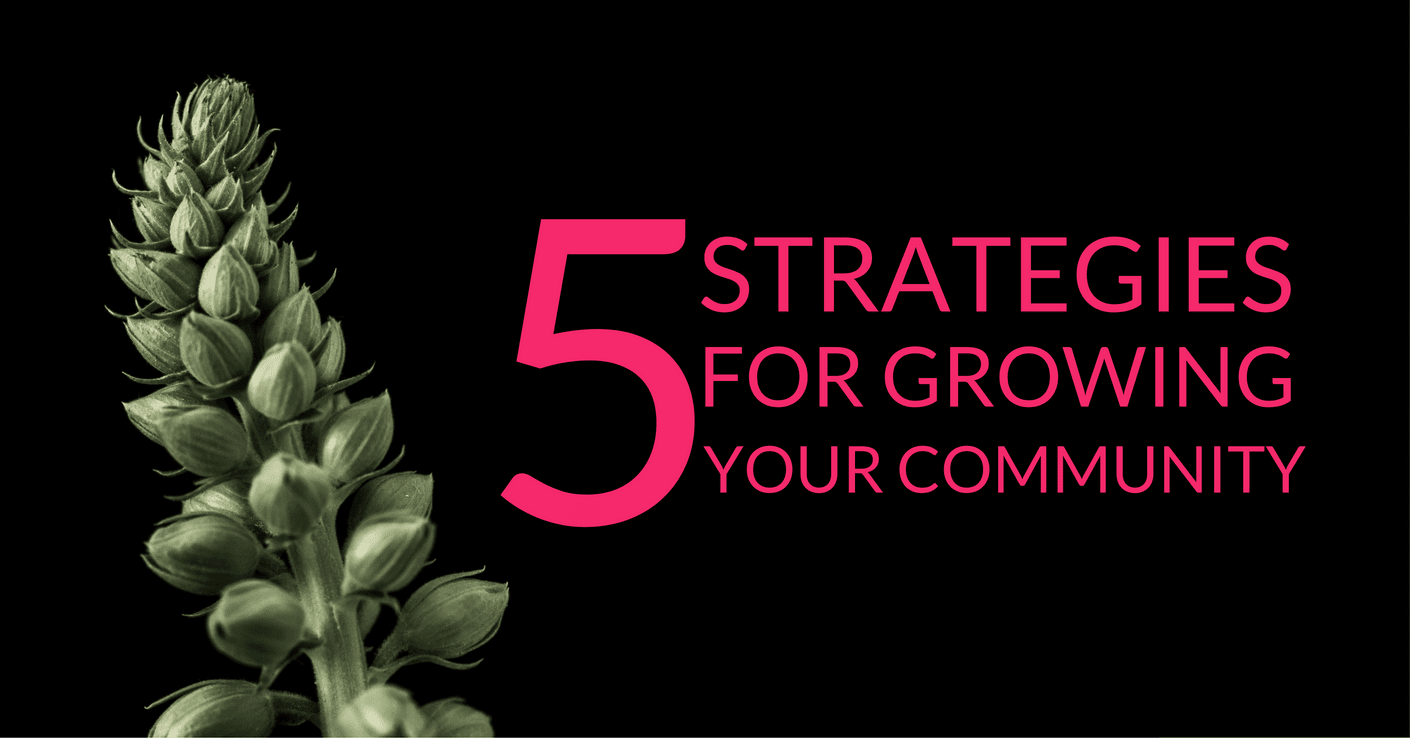
5 Strategies for Growing Your Community
As online marketing becomes more sophisticated, brands have realized the true potential of online communities.
As online marketing becomes more sophisticated, brands have realized the true potential of online communities. In fact, 64% of companies state the brand community has improved their decision-making and allowed them to make smart, long-term choices.
Now, things like brand loyalty, improved sales, and customer feedback have become the standard of strong online communities. But how do you build a strong online community?
What does it take to develop a space where consumers want to spend their time online? I’ve come up with 5 strategies to help you grow a healthy online community that’ll make your company proud.
1. Promote Your Community
This is one of the most critical steps to achieve mass uptake. Funnel people towards your community by inviting them by email, promoting it on your blog, mentioning it on social media, or including it on alternative marketing materials or sales packaging.
Entice them with teasers, but be clear about your community visions and goals so they know what to expect and aren’t disappointed when they arrive.
2. Define Your Audience
Who will your community serve and how will you go about serving them? These are questions you must answer internally before you can expect any major growth. Consider developing a couple buyer personas to help you figure out the best ways to focus your time and engage your target consumers. It’s so much easier to build strong relationships when know who your customers are and what they want.
3. Forego Control
Sure, you’re the community manager, but the ones who are really in control are the customers – and that’s a good thing! Giving up control can be tough, but customers appreciate authentic interaction. Don’t delete negative feedback. Encourage open discussions. Embrace ideas.
The honest feedback you’ll receive in your community will be invaluable to the business. 86% of Fortune 500 companies report communities provide insight into customer needs, which will help you serve them better in the long run.
4. Customize the Community
Your business is unique, so your community should be too. Cater to your community by acknowledging your user’s uniqueness! The Bump is an online community for new moms and moms-to-be. They have niche groups that encourage conversations from subsets of consumers including everything from “First Time Mamas” and “Christian Bumpies,” to “Formula Feeders Unite.” Consider adding a requests sections to your community where customers can provide feedback on products, services, and experience.
5. Utilize Advocates or Influencers
Connecting with individuals who believe in your brand, product, or service and are willing to spread the word can have some of the most lasting impacts on community growth. According to a Nielsen research study, 92% of consumers trust online word-of-mouth recommendations, while only 33% of them trust online banner ads. Start by seeking out online personalities who are passionate about your industry or brand. Consider ways you can add value to their online reputation as well as yours such as asking them to do a Q&A on your forum. You know your business best, so employ strategies that are right for you!
By building a community where customers feel comfortable to speak their voice, you’ll encourage activity, growth, sales, and limitless feedback. The benefits that come from an engaged, lively community will surpass your business’s biggest expectations.


